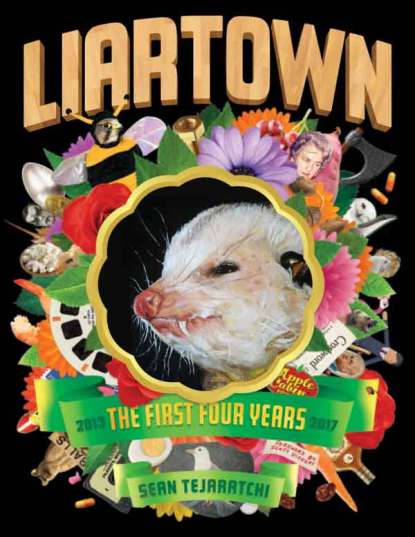This month has been a wash. I got Covid, ran out of my pharmaceutical Vitamin D, worked in an understaffed job, and people my age are dying suddenly of natural causes. The more Bible I read, the more confident I am that There Is Nothing Out There. And I’m still scrolling thirst-traps and politics on TikTok and Twitter.
So anyway, I’m writing a novel. I’m at the point where I am straining to stretch the desired ending to meet the overwrought middle and tie them with an elegant yet strong knot. This does not help my mood.
So I did a trick I learned the last time I wrote a long form story. Feeling angry that everything is futile? Find the sections of the story that convey an angry, futile situation and write those scenes. I warm up with an exercise.
Political Twitter brought me videos of anti-mask people interrupting retail services with their protests. Man, I hate rudeness. Ever want to be somewhere like that and have absolutely no accountability for your actions? Oh yeah.
So I wrote a scene where I’m in this Twitter video with the other suffering people waiting for their sandwiches and the anti-masker brings herself and her camera in to refuse compliance. I Just Want My Sandwich, Lady.
The cool thing that happens is that writing this scene from third person allowed me to see the others as real people, and see my own flaws. The other people in line would obviously intervene. The protesters (two black women) are humans and maybe pretty scrappy. The sandwich guy is HUGE.
Writing the results of this scene realistically helped me get out of my head while focusing my mood. Some good descriptions appeared. “My shoulders tightened as if seized by a giant vulture.” “I sensed every muscle in the room focus on me.”
And why would I as a white guy be scrapping with two black women? Why did I choose this video?
Of course I got my ass kicked. The purpose of fiction is to be real.
And it is to reveal. I need some introspection re my choice.
With that venting out and a desire for humility, I worked on the scene with the sentient cancers. These are very angry cancers and they want to ruin the world. Their host is despairing and dying and playing wet-nurse to the cancers already born. Their host is driving a rental car distributing her children to neighborhood creeps all over.
One important thought that I had internalized, but only now remembered: Do NOT emote at maximum. Do NOT emote with everything you have in you. You WILL burn out within minutes. You SHALL ruin the rest of your day. More than likely, your writing will be overwrought.
“But Nick Cage says ‘There is no upper limit to human emotion.'” True. But Nick has to do multiple takes. He does not just lay it out there in one take like you have to and hope you will have it together enough to revise. I believe he is describing emotional expression, not the internal feeling.
Is this helpful?
